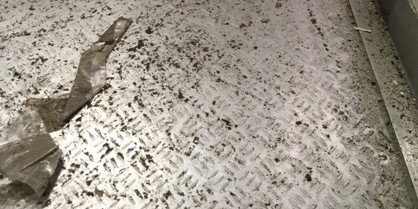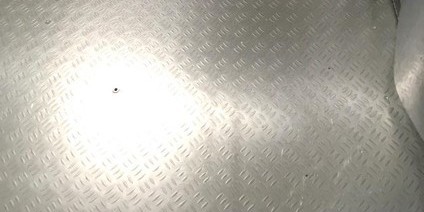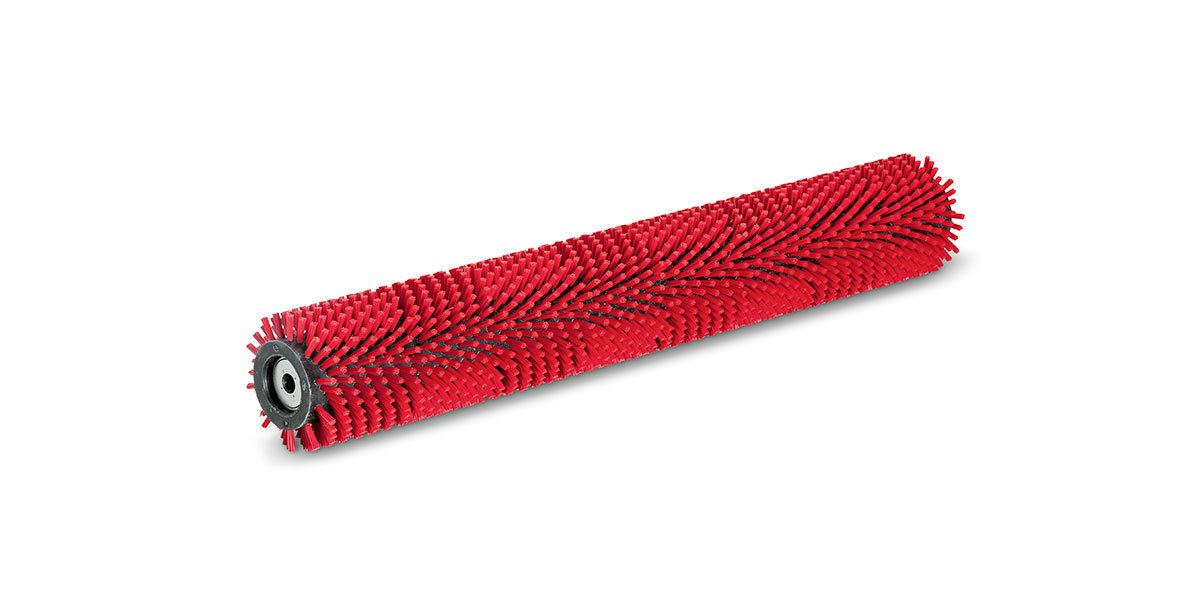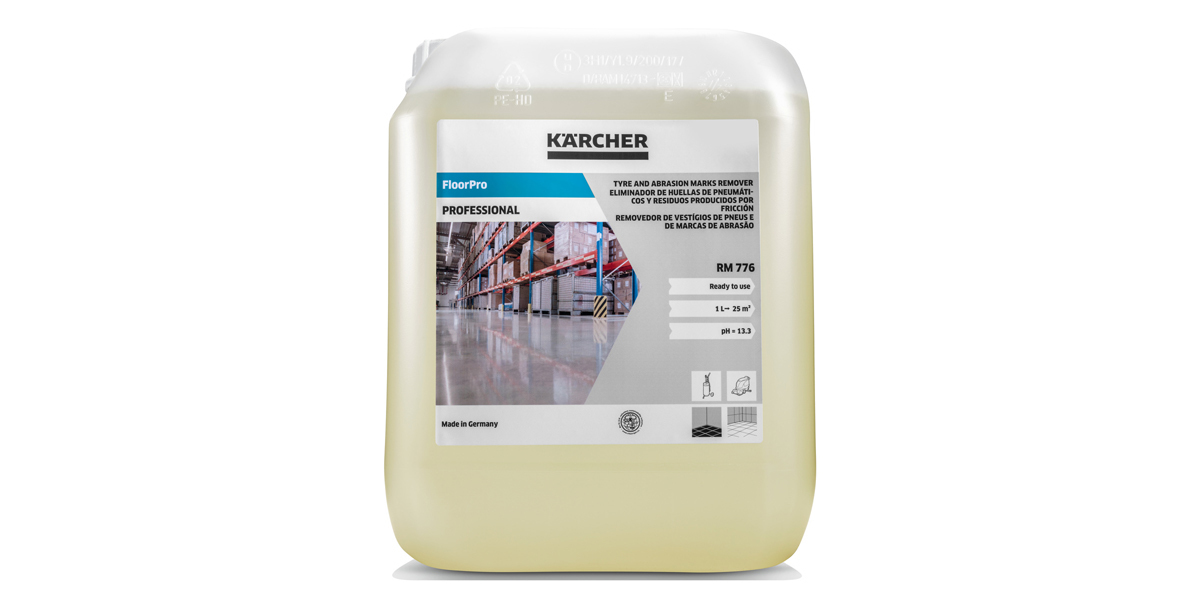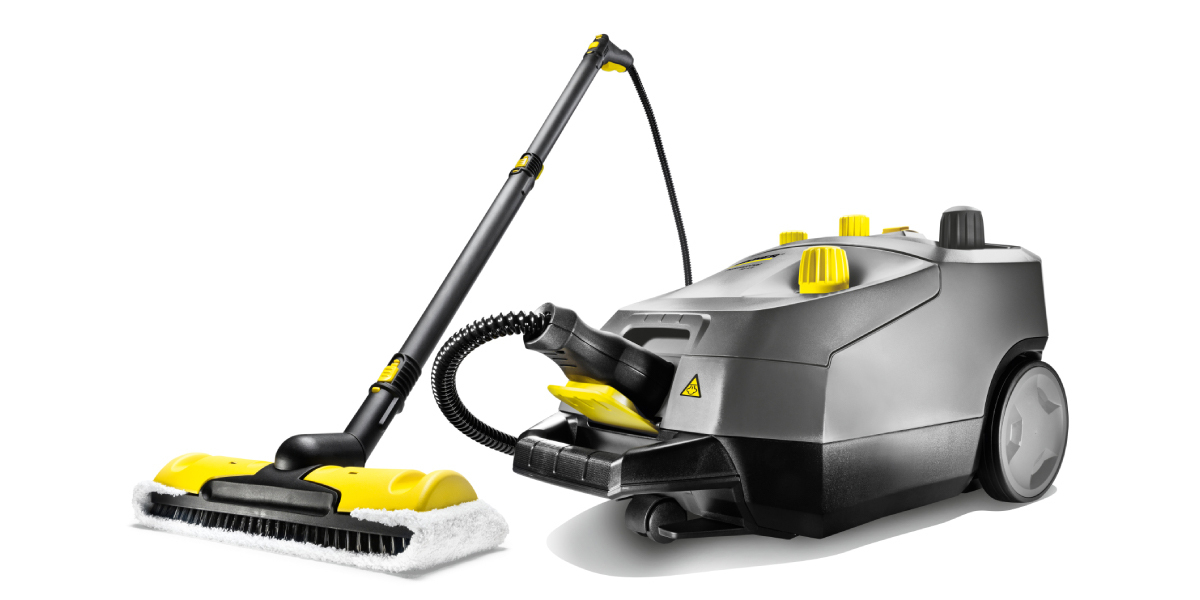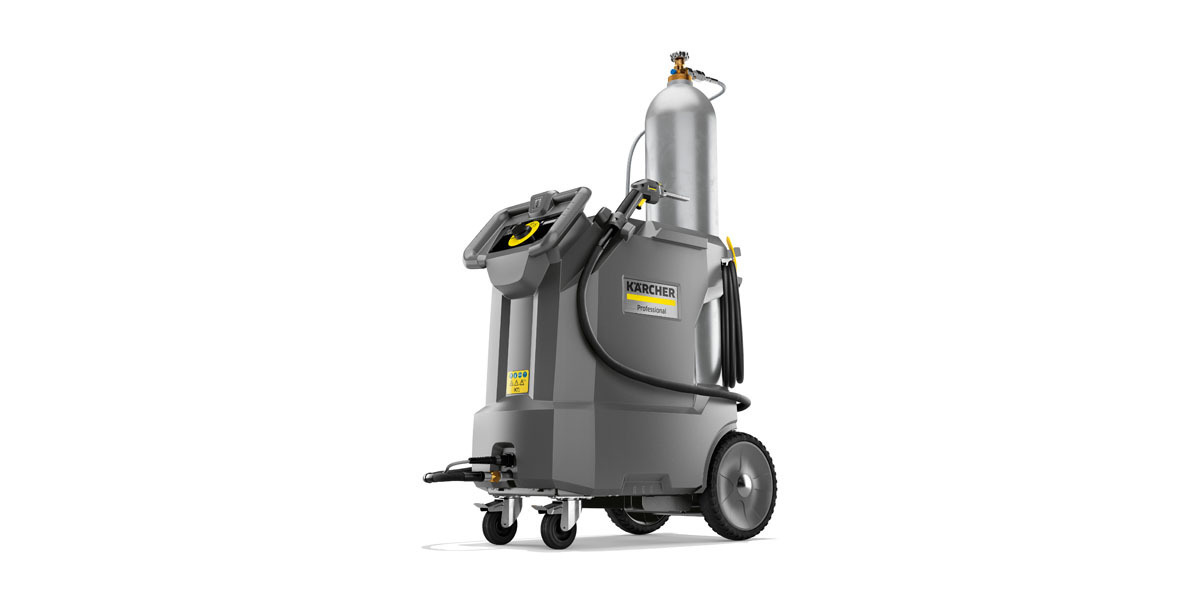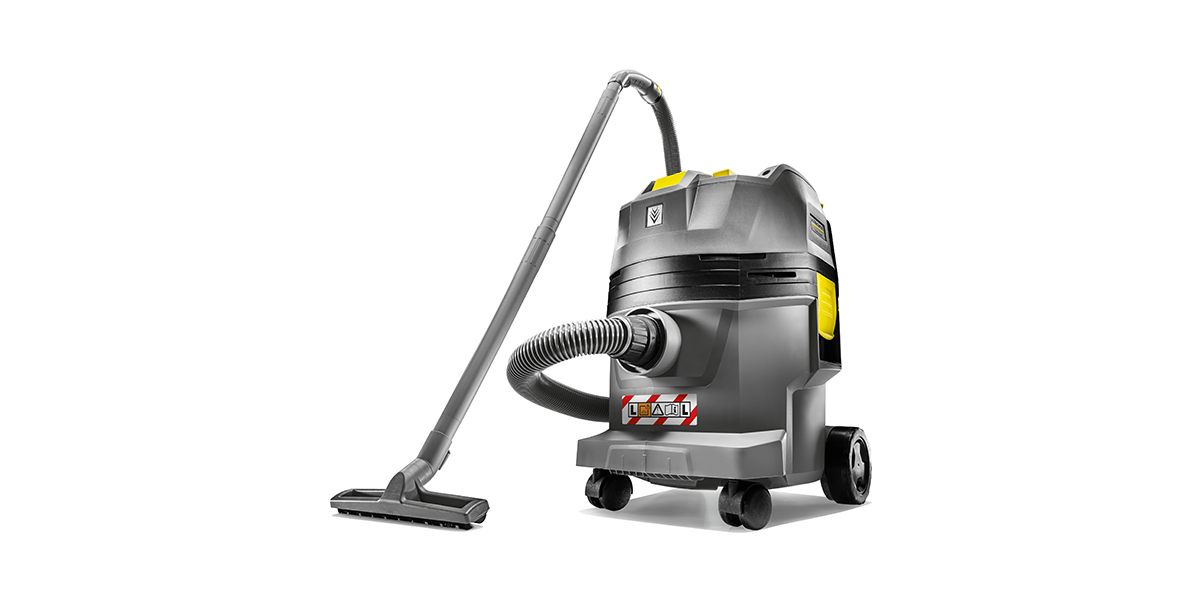Cold room cleaning
Low temperatures, high importance! Cold stores are found across lots of different businesses – and where they are found, they are usually hugely important for that business’ operational processes. In hotels and restaurants, in industrial production or in supermarkets, cold storage provides the correct conditions for storing perishables and sensitive items. So that cold storage functions well, it requires specialised and professional cleaning that accommodates its specific conditions.
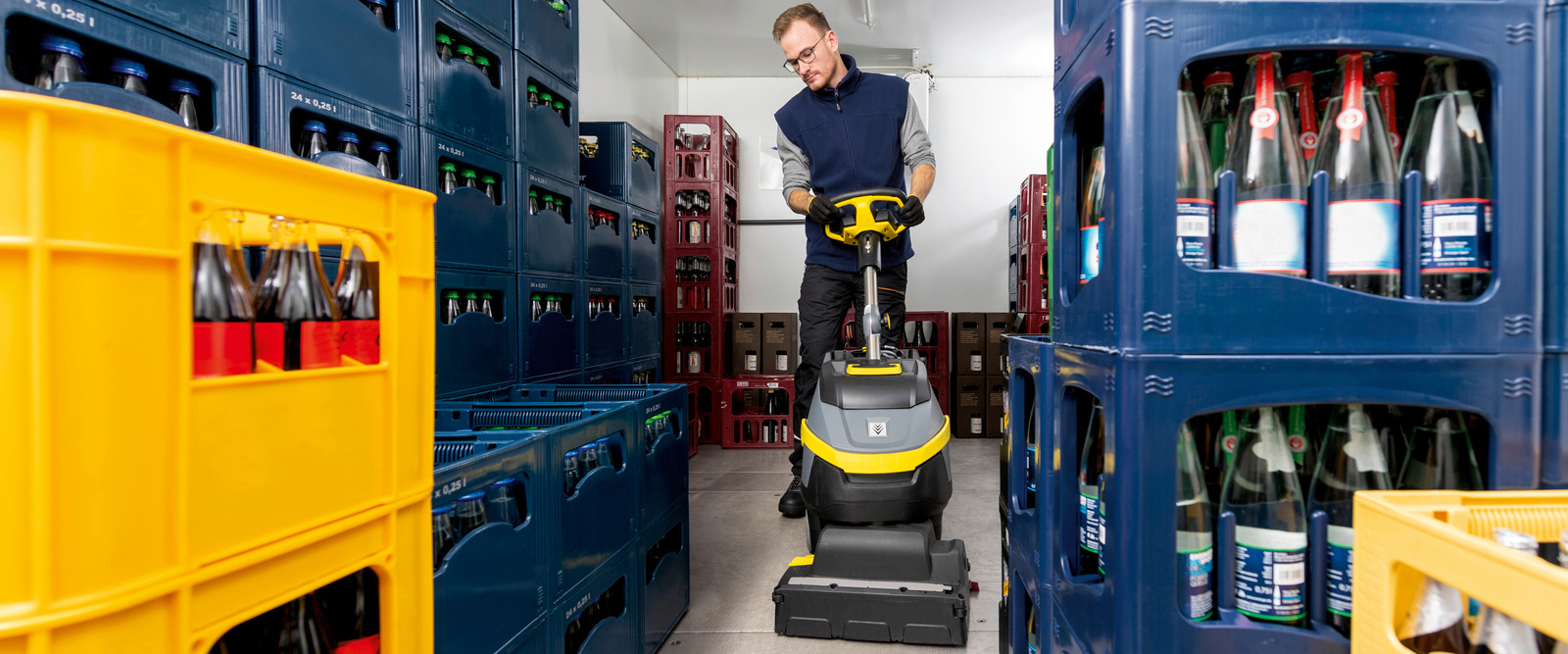
Get it done somehow? This is a risky strategy when it comes to cleaning industrial equipment. Particularly when it comes to cold rooms, ineffective cleaning can have serious consequences. A professional and systematic approach that takes into account the materials, hygiene requirements and, in particular, the low temperatures of a cold room is crucial. It should also include the use of suitable cleaning agents and equipment. It isn’t uncommon for food products or raw materials to be stored in cold stores and getting things wrong can be unforgiving. Carefully planning your cleaning is therefore an investment that always pays off. First of all, note that not all cold storage is the same. It’s important to know which type of products are stored and how. Are they packaged products or open products, possibly even open food? These factors need to be taken into account for the cleaning plan. For example, when handling food, HACCP rules need to be considered (these are internationally binding quality management systems for food).
Even though cleaning at very low temperatures is possible, it may make sense to clean cold stores while they are switched off, especially if you’re doing a deep clean. Different options, their advantages and disadvantages, will be considered in more detail below.
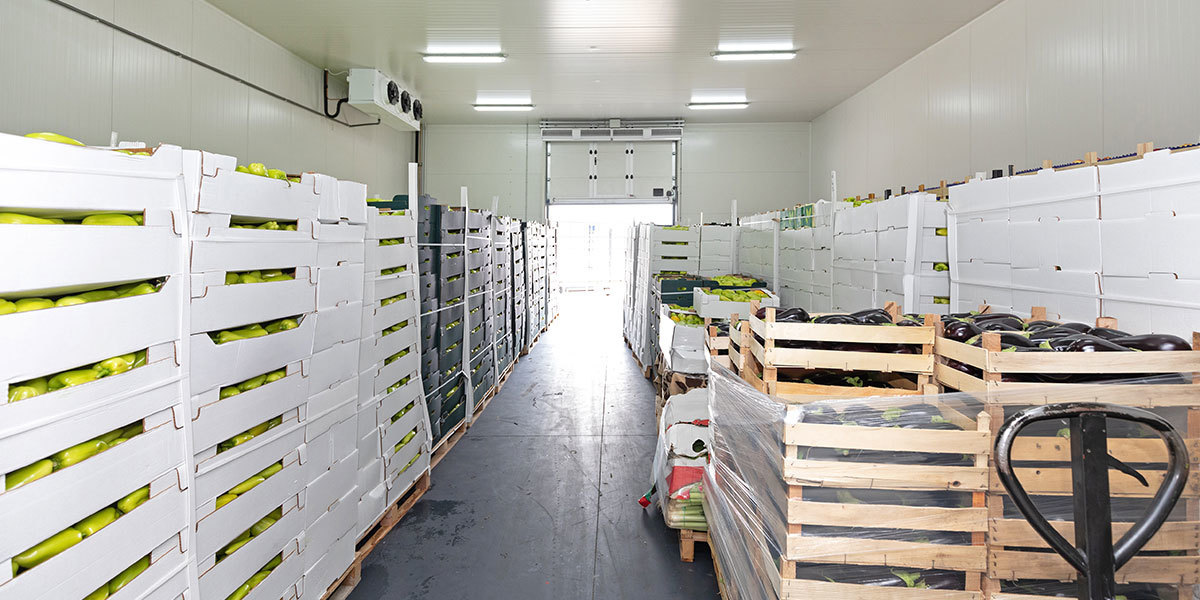
First case : Cold room cleaning with refrigeration running and temperatures below 0 °C
Cleaning a cold room without shutting down the refrigeration and without moving the goods out of storage can be considered regular maintenance cleaning. The goods stored in the cold room are simply moved so there isn’t s risk of causing a major disruption to usual business. It should be noted that the freezer is cleaned with the door closed to ensure optimal cooling. Accordingly, ventilation needs to be monitored during the work.
A benefit in cleanliness – even at sub-zero temperatures
In freezers that need cleaning during operation, temperatures can quickly reach -20 °C or even colder. This environment means the cleaning process needs special considerations. It has the risk, for example, that the cleaning agents used will freeze. The cleaning agent formula needs to be adapted to the special (cold) conditions. This can be achieved with an alcohol-based cleaning agents or by using an antifreeze. If you are careful here, you can ensure that the cleaner will not freeze even if you leave it to work for some time. The materials involved need to be taken into account. The cleaning agent used needs to be compatible with common aluminum, stainless steel, and copper surfaces. All these are commonly found in cold stores during cleaning.
Top performance under adverse conditions
In principle, cleaning using machines is also possible at very low temperatures. This is particularly helpful in cold storage for floor cleaning, which is a key element in cold room cleaning. As a rule, floors made of corrugated aluminum are found in cold stores. In order to get into the crevices and thoroughly remove dirt there, using a scrubber-dryer is ideal. Stubborn dirt cannot be removed with manual cleaning equipment alone. The rollers on a scrubber-dryer get into cracks and crevices, and work with a higher contact pressure than, for example, disc brushes. There is a choice between different brushes that vary in bristle firmness. In practice, however, it has been shown that hard brushes do not provide any significant advantage in terms of results, or that they shorten the cleaning time compared with medium-hard brushes (often red in colour).

Before using a scrubber dryer, coarse, loose dirt should be removed, for example with a microfibre mop or a broom.
In principle, it’s beneficial to take a closer look at both the degree and type of soiling in a cold room. Food residues can often be found on the floors of cold stores. It’s also possible for dirt to come in from the outside – for example, from forklifts or trucks. If the dirt freezes and builds up in layers, you’ll be faced with stubborn dirt.

Cleaning with a 1-step or 2-step method
Depending on the degree of soiling, a 1-step or 2-step method can be used.
1-Step-Method:
First, the floor is scrubbed with a machine with the addition of a cleaning agent, and in the same step the dirty liquid is vacuumed up again.
2-Step-Method:
In the 1st step, water and cleaning agent are applied to the entire surface of the freezer and the floor is scrubbed in the process. This allows the cleaning solution to take effect. In the 2nd step, the surface is treated again and the cleaning solution is cleaned up.
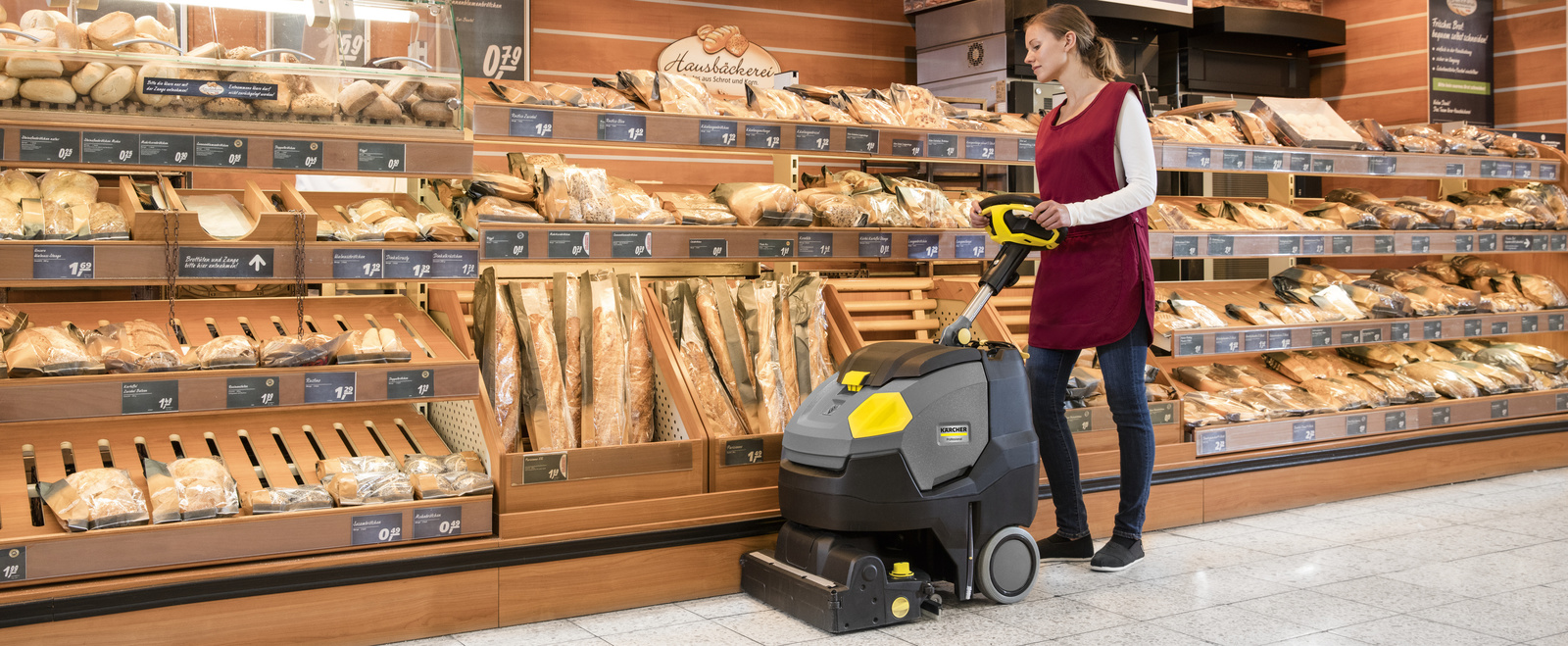
Maintenance of cleaning machinery
Vacuum sweepers and scrubber dryers are used to keep supermarkets, industrial plants, warehouses and hotels clean. They pick up large amounts of dirt or dust and help maintain a positive impression. This also maintains hygiene, contributes to keeping a business’ value high, and avoiding slip hazards. In order to achieve the best cleaning results and maintain things well, it isn’t enough to simply empty the machine’s dirt container after the work is done. Knowing how to care for and maintain cleaning machines is essential – here’s a guide.
Tips – the right preparation:
- Open food must be covered in cold stores during cleaning. Aerosols including cleaning agents that may be generated during cleaning are transported via the air and could deposit on the products if they are not protected.
- Remember suitable personal protective equipment (PPE). A specially designed suit to keep staff warm is part of the PPE equipment.
EXCURSUS: Cold room cleaning with dry ice

Using dry ice to clean is also possible during ongoing cold room operation and is a great option. Any loosened dirt is then picked up with wet/dry vacuum cleaners. Cleaning with dry ice also works at colder ambient temperatures, because the best cleaning results is dependent on the impact of the pellets on the surface in question. Because dry ice doesn’t contain any water, the dirt can’t really freeze again. Possible use of dry ice in cold storage includes cleaning heat exchangers/condensers, temperature or humidity sensors, door hinges and rail systems – areas that are difficult to reach with a scrubber dryer or high-pressure cleaner.
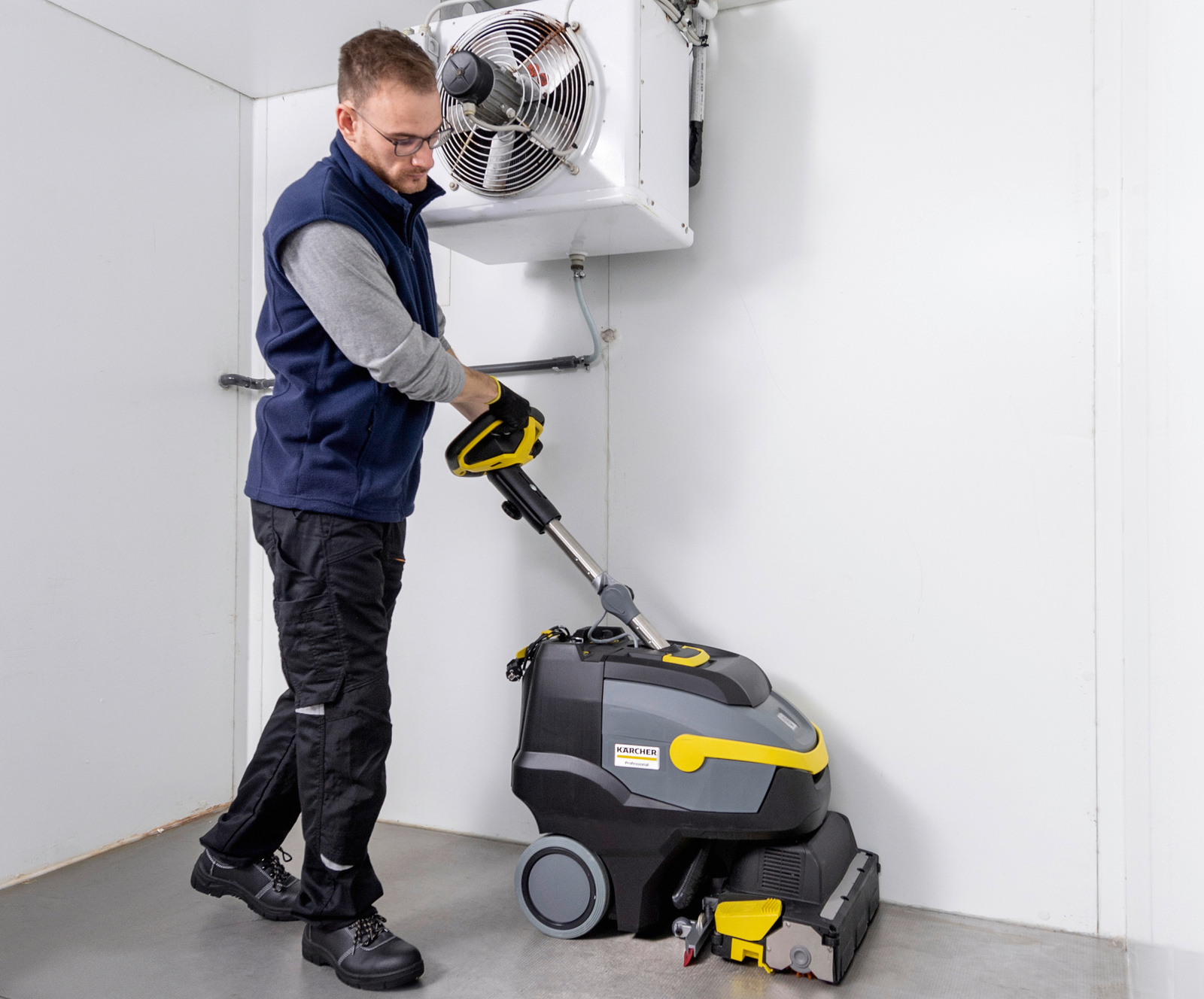
Second case: Cold store rooms getting cleaned when switched off
Cleaning a cold store when the refrigeration is off, is less of a problem than when it’s running because there won’t be any food or other products in the room. The temperatures will also be above zero, which means that the use of water or common cleaning agents is possible. However, it should be noted that there’s a significant increase in the amount of work involved. The refrigerated goods must be removed from storage or relocated in advance if another cold storage facility is available. It can be even more time-consuming if there’s only one cold store available. In this case, an additional container will need to be rented for the duration of the cleaning process. After the cold room has been cleaned, its temperature must also be lowered to the correct setting again, which involves additional costs.
Clean freezer stores with high-pressure cleaners
One advantage of cleaning with the cooling mechanisms off is that, in addition to the methods already listed, high-pressure cleaners can also be used and the water won’t freeze. Additionally, the use of a surface cleaner is recommended, ideally with suction. In this case, dirt and residual water are removed, which reduces the drying time. Surface cleaners can be used on the floors, and are also suitable for cleaning walls in cold stores.
In addition to cold water high-pressure cleaners, hot water high-pressure cleaners can also be used. The use of these has two advantages in cold room cleaning. Firstly, organic grime is dissolved more easily and secondly, thanks to the hot water, the surfaces dry more quickly. This means that downtime can be reduced. In practice, water temperatures of max. 60 °C have proven successful in this use case.

Advantages of hot water high-pressure cleaners
Hot water high-pressure cleaners clean even better at a constant pressure. In addition to getting better results and faster cleaning and drying times, it’s possible to reduce bacterial build up when using hot water high-pressure cleaners. Using a steam setting, even sensitive surfaces can be cleaned gently at up to 155 °C. Hot water high-pressure cleaners make it possible to reduce demanding work, time needed, and the quantity of cleaning agents required. Cleaning cold stores with hot water high-pressure cleaners offers plenty of advantages and possibilities for optimising the cleaning process.
Tips – accessories and preparation:
- In the food industry, non-marking, animal fat-resistant hoses should be used.
- Exhaust air ventilation should be switched on during cleaning, as this shortens the drying process and reduces condensation. Before the cold store is put back into operation, all surfaces must be thoroughly dry.
- Tire tracks from forklifts or lifting equipment can be treated with a suitable cleaning agents.
EXCURSUS: Cleaning in cold rooms with steam cleaners
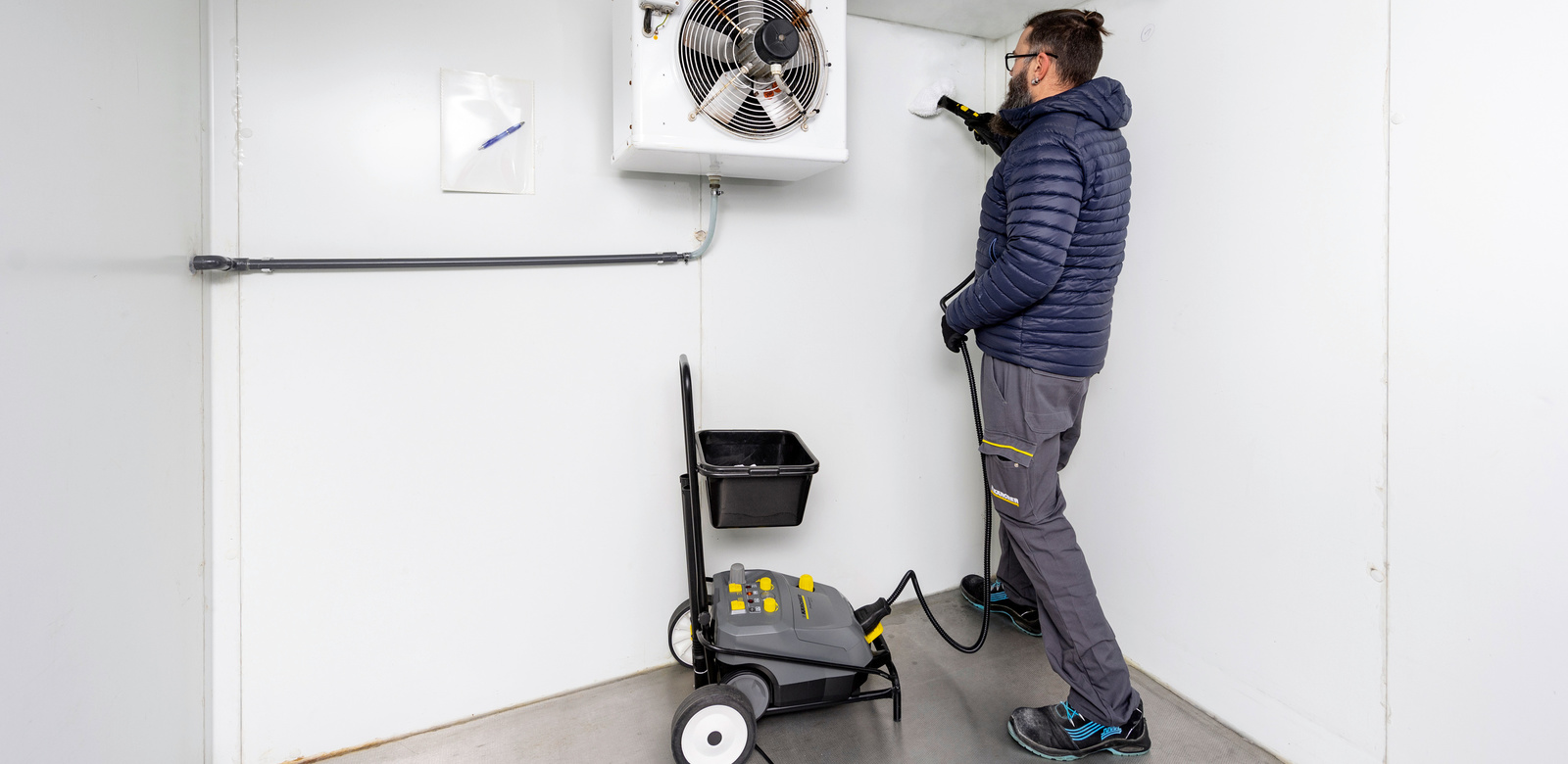
In cold stores, cleaning with steam can also be considered for certain conditions. In cold rooms with similar ambient characteristics to a refrigerator, i.e. circa 0 °C to 6 °C, steam cleaning, vacuuming or disinfection can be carried out without any problems while the refrigerator is in operation. Freezer rooms where temperatures are below zero cannot be steam cleaned or disinfected while the refrigerator is in operation, as the water would freeze both in the unit and on all surfaces exposed to steam. However, cleaning with steam is possible when cooling is switched off.
The key to success is ‘know-how’
The cold conditions of cold stores don’t need to stand in the way of a proper cleaning, as long as these conditions are taken into consideration. A well-thought-out cleaning plan is crucial for cold store cleaning. The right equipment and the correct procedure play a key role in successful cold store cleaning. In addition, how often the cleaning is carried out should be considered as part of the planning, for example, at certain intervals or at a certain level of dirtiness. A clean, hygienically sound cold store is an important part of successful business operations.
